The 5 Biggest Hair Myths (and One Unfortunate Truth)
Brushing your hair vigorously? Switching shampoos often? Shivering through a cold rinse? It's time to rethink your haircare routines.
By Jenny Bailly and Alessandra Foresto
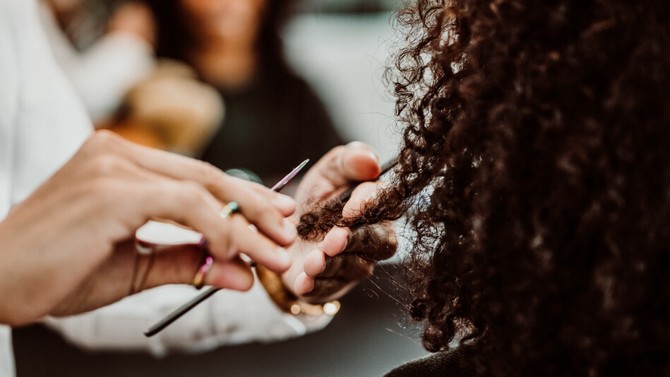
Photo: Lucia Romero Herranz/EyeEm/Getty Images
1. Frequent trims make your hair grow faster.
Cutting the ends of your hair doesn't affect the follicles in your scalp, which determine how fast and how much your hair grows, says Paradi Mirmirani, MD, assistant professor of dermatology at the University of California, San Francisco. Hair grows an average of a quarter-inch every month—whether or not you cut it. Regular trims might make your hair look a little longer, though. Getting rid of split ends reduces hair breakage, and breakage is what makes hair look thinner at the ends (and shorter), says hairstylist Matt Fugate. Every eight to 12 weeks, ask your stylist to take off the minimum necessary to eliminate split ends.
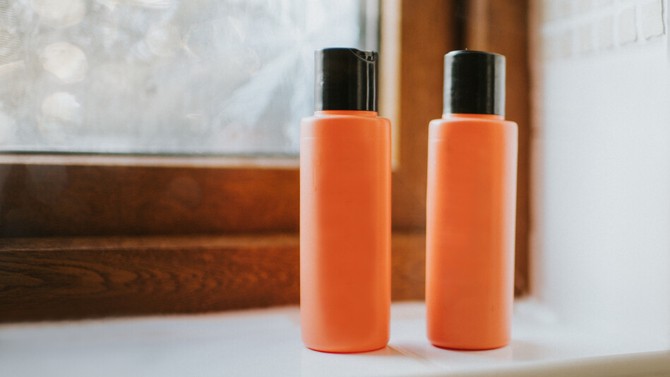
Photo: Catherine Falls Commercial/Getty Images
2. If you always use the same shampoo, eventually it will stop working.
You don't need to practice shampoo rotation to keep your hair clean. But if you've recently started coloring your hair or increased your use of hot tools, it might be a good idea to switch to a more moisturizing shampoo, says Mirmirani. Otherwise, stick with your favorite as long as you love it.
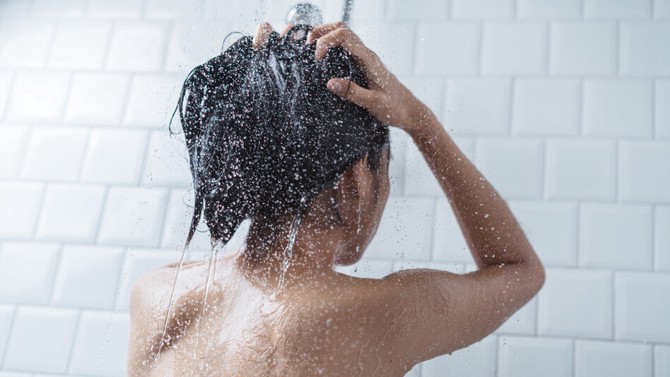
Photo: Torwai Suebsri/EyeEm/Getty Images
3. A cold-water rinse makes your hair shinier.
Hairstylists love to spread this gospel. Their rationale: The icy water will make the cuticle of your hair close so it's flat (and light-reflective), not ruffled (and dull-looking). Your hair, however, contains no living cells—it doesn't react to cold (or hot) water, says chemist Mort Westman. Use conditioners and styling products that contain silicones and oils to smooth the cuticle. And limit damage to your hair from straightening treatments, hot tools, and frequent dyeing.
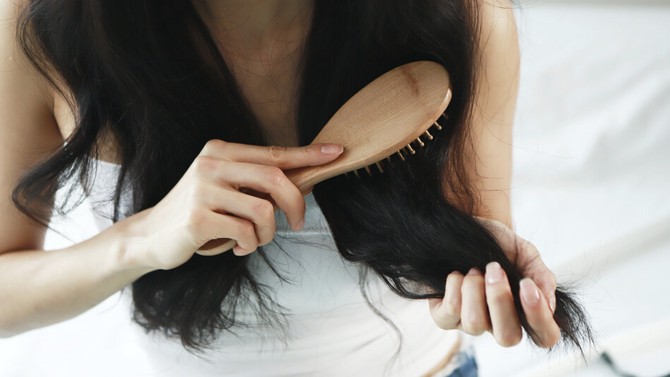
Photo: RUNSTUDIO/Getty Images
4. For healthy hair, brush 100 strokes a day.
You've probably heard that rigorous brushing will distribute the natural oils from your scalp to add shine to your hair. Or that it will stimulate blood flow to your scalp and boost hair growth. Neither is true. In fact, brushing causes friction on hair, leading to cuticle damage and breakage, which makes hair lusterless and frizzy, says Mirmirani. Brush your hair minimally (only to detangle or style), and use the right tools—a wide-toothed comb or a paddle brush with ball-tipped, plastic bristles. Avoid boar-bristle brushes—natural bristles aren't uniform, so they're especially harsh on your hair and scalp.
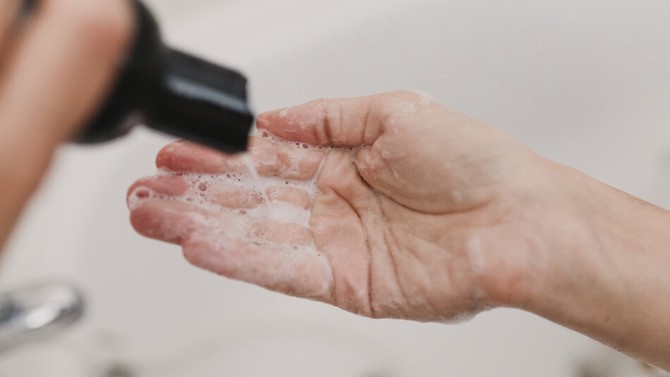
Photo: Eva Blanco/EyeEm/Getty Images
5. If you shampoo less often, your scalp will gradually produce less oil.
No matter how frequently you shampoo, your scalp produces the same amount of oil, says Jeffrey Benabio, MD, a dermatologist at Kaiser Permanente in San Diego. Cutting back on shampooing will have no effect on your sebaceous glands; genetics and hormones determine the amount of oil they produce. But it will cause dirt and oil to accumulate on your scalp and hair follicles, and could cause inflammation and irritation that might stunt hair growth. All experts agree: How often you wash your hair is a personal decision. Use your judgment. Wash your hair with a moisturizing shampoo when you feel you need it, whether that's daily or weekly.

Photo: Thomas Barwick/Getty Images
This one, unfortunately, is true: Men prefer longer hair.
According to studies, men are generally more attracted to women whose hair flows past their shoulders. In one study, women's images were digitally altered to give them short, long, and medium-length hair. Men rated the same faces as more attractive when they were attached to more hair. In another study, long and medium-length hair improved male raters' evaluation of female subjects' health. Well, call us crazy, but we say the hell with that. Because one quick glance at Audrey, Halle, Tilda, or this model (at left) tells us that the cropped look can be sexy, seductive, and wildly glam.
From the January 2012 issue of O, The Oprah Magazine

